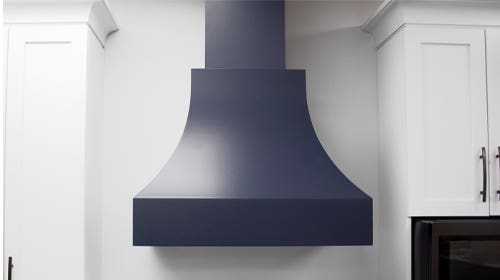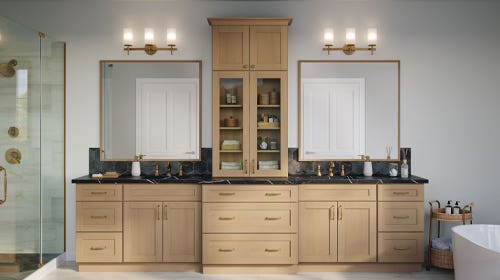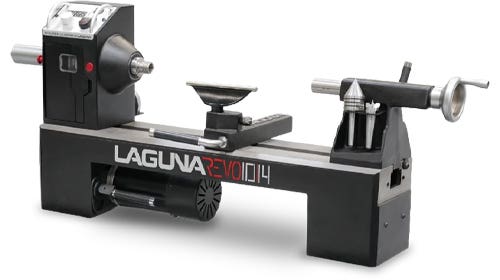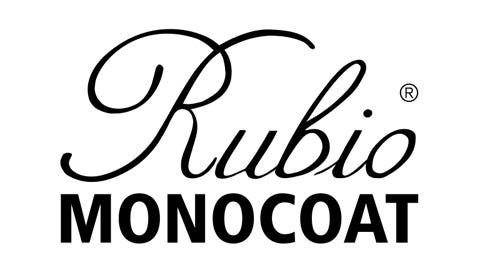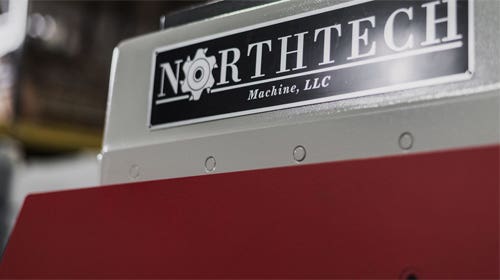Furniture maker gains Google commission
Google recently selected furniture maker Michael Trebbe of Hampden, Mass., to re-create some of his original modernist chairs to adorn its new corporate headquarters in Cambridge, Mass. {loadposition position10} The…
Google recently selected furniture maker Michael Trebbe of Hampden, Mass., to re-create some of his original modernist chairs to adorn its new corporate headquarters in Cambridge, Mass.
{loadposition position10}
The multimedia behemoth didn’t find Trebbe last March through an Internet search. The company ran across the exhibitor at the Paradise City Arts Festival in Northampton, Mass.
“I have a degree in historic preservation and normally I’m busy restoring antique furniture. But I’ve always had a love for mid-century modern furniture, and recently over the years decided that I should really act on it and see if people like what I came up with so I made half a dozen things and exhibited them at the Paradise City Arts Festival,” says Trebbe.
His “Painted Lounger” caught the eye of a designer with Nelson, an international architecture and design firm.
“It was serendipity. The chairs featured all of Google’s colors. I think they were also selected because of the modernist design,” says Trebbe. “It’s a funky, fun chair that’s compelling and interesting. There’s nothing else like them.”
At first, Trebbe didn’t know Nelson represented Google. He was asked to the show the chair to an unidentified client. A week later, he was told that the client liked the chair and was interested in purchasing 10 of them. Then he learned it was Google, which wanted to add color and interest to the public spaces of its office suites.
“An order of 10 chairs was enough for me. But to find out it was for a global company that’s so vital in the lives of billions of people was just fantastic,” says Trebbe, who works alone and needed about five months to complete the commission.
So what’s it like working for a Fortune 500 company (Google was No. 92 in 2011)? Corporate policies are no joke, according to Trebbe. For example, the chairs could pose no threat to employee safety, such as off-gassing volatile organic compounds. Google also specified that the materials used should have a minimal impact on the environment.
“I thought that was great,” says Trebbe. “I use repurposed steel in my work whenever I can find it. I’ve even pulled to the side of the road to grab bed frames destined for landfills. It’s a cheap source of rust-free angle iron.”
To see more of Trebbe’s work, visit www.etsy.com/shop/trebbemodern.
This article originally appeared in the February 2012 issue.


